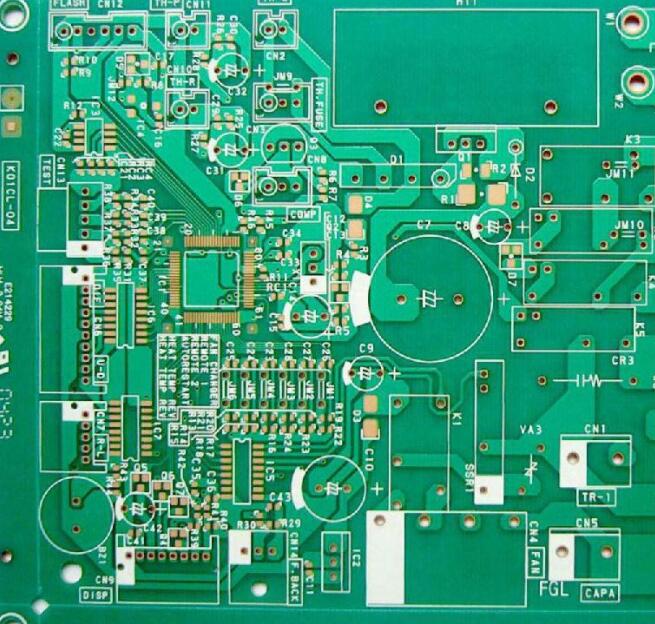Why do PCBA cleaning
1. Appearance and electrical performance requirements
The most intuitive effect of the contaminants on the PCBA is the appearance of the PCBA. If it is placed or used in a high temperature and humid environment, the residue may absorb moisture and whiten. Due to the extensive use of leadless chips, miniature BGAs, chip scale packaging (CSP) and 0201 components in components, the distance between components and circuit boards has been shrinking, the size of the board has become smaller, and the assembly density has increased. In fact, if the halide is hidden under the component or in a place that cannot be cleaned at all under the component, local cleaning may cause catastrophic consequences due to the release of the halide. This can also cause dendrite growth, which can result in short circuits.
Improper cleaning of ionic contaminants can cause many problems: low surface resistance, corrosion, conductive surface residues will form dendritic distribution (dendrites) on the surface of the circuit board, causing local short circuits in the circuit.

For the reliability of military electronic devices, a major threat is tin whiskers and intermetallic compounds. This problem has always existed. Tin whiskers and intermetallic compounds will eventually cause a short circuit. In a humid environment and with electricity, excessive ion contamination on the assembly may cause problems. For example, due to the growth of electrolytic tin whisker, the corrosion of the conductor, or the decrease of the insulation resistance, it will cause the short circuit of the trace on the circuit board, as shown in the figure
Improper cleaning of non-ionic contaminants can also cause a series of problems. It may cause poor adhesion of circuit board masks, poor contact of connectors, physical interference to moving parts and plugs, and poor adhesion of conformal coatings. At the same time, non-ionic pollutants may also wrap ionic pollutants in them, and may cause other Some residues and other harmful substances were wrapped and brought in. These are issues that cannot be ignored.
2. Three anti-paint coating needs
To make the coating of the three-proof paint reliable, the cleanliness of the surface of the PCBA must meet the requirements of the IPC-A-610E-2010 three-level standard. Resin residues that are not cleaned off before surface coating can cause delamination of the protective layer or cracks in the protective layer; activator residues may cause electrochemical migration under the coating, leading to failure of the coating crack protection. Studies have shown that cleaning can increase the coating adhesion rate by 50%.
3. No cleaning also needs cleaning
According to the current standard, the term "no-clean" means that the residue on the PCB is chemically safe, will not have any impact on the circuit board, and can be left on the circuit board. Corrosion, surface insulation resistance (SIR), electromigration, and other special detection methods are mainly used to determine the halogen/halide content, and then determine the safety of the no-clean assembly after the assembly is completed. However, even if a no-clean flux with a low solid content is used, there will still be more or less residues. For products with high reliability requirements, no residues or other contaminants are allowed on the circuit board. For military applications, even no-clean electronic assemblies are required to be cleaned.